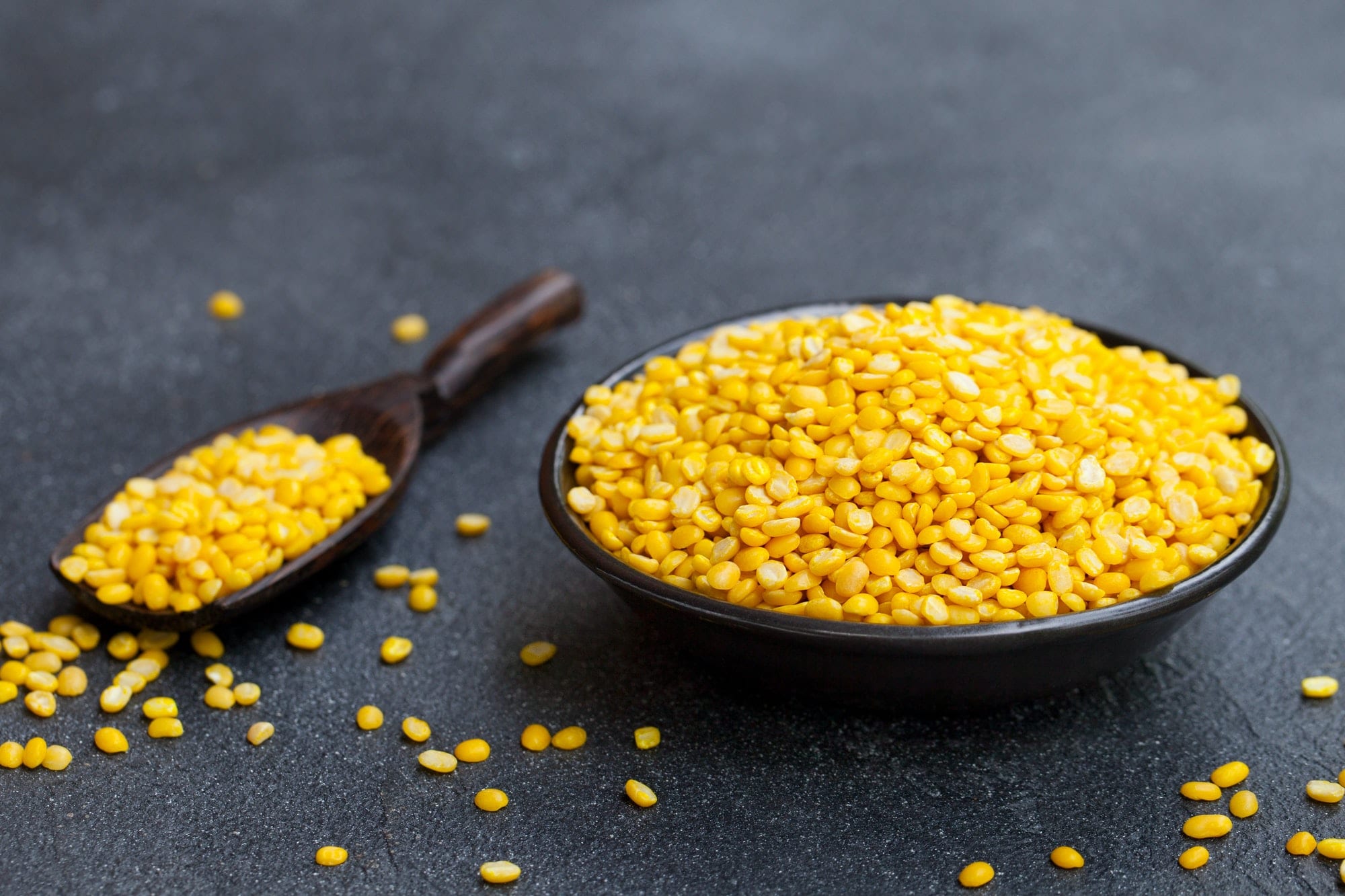
To call dal bhat (pronounced ‘dal-bat’) Nepal’s national dish is an understatement; many Nepalis eat it with every meal. On a recent trip there, I ate it twice a day, every day for six weeks. I grew to love not only the dish itself, but the customs surrounding its consumption. I’m going to delve into what makes it and, perhaps more importantly, how it’s eaten.
Dal bhat is a simple dish made of lentil soup (‘dal’ – also spelled ‘dhal’, ‘dahl’ or ‘daal’) served with steamed rice (‘bhat’ – similarly ‘bat’, ‘baht’ or ‘baat’). The soup is mixed with an array of vegetables, herbs and spices known as ‘tarka’ – this usually includes onion, garlic, turmeric and cumin amongst others. Chillies are also commonly used to provide an extra kick, but this isn’t essential. The lentils can be red, yellow or green. If you haven’t cooked it before, try this basic recipe for a tasty red lentil dal. If you’re feeling more adventurous, add in some saag, which is a spinach or mustard-leaf based dish.
We ate once at ten A.M and again at seven P.M. Every meal followed the same routine. They handed me a plate containing the steamed rice equivalent of Mt. Everest (except the goal was to reach the bottom of it, instead of the top). Separately, they gave me a goblet filled with dal to pour over the rice bit-by-bit as I ate. Striking the perfect balance between rice that is too dry or floating in a puddle of dal takes practice.
I ate with my right hand, as is customary. The food is picked up between the fingers and pushed into the mouth with the thumb. If you’re a westerner, this might sound alien to you, however, feeling the texture and consistency between your fingers makes eating a fuller, more sensory experience. I quickly grew to prefer it over cutlery. One day, after cutting my finger, I had to resort back to using a knife and fork – I hated it.
When I thought I’d finished, I found it was a false summit when my host eagerly returned to replenish what was there. She repeated this until I said, “Pugyo” (literally “enough”). This is the Nepali way. They derive great pleasure from watching you enjoying their cooking, so it’s polite to at least take seconds if you can manage it; the more you eat, the happier they will be.
There’s an oft-used maxim in Nepal: “Dal bhat power, twenty-four hours.” They say it with good reason. It’s full of fibre and protein and provides almost all your nutritional needs, and the ingredients tend to be fresher and healthier than more processed foods. After two or three platefuls each morning, I would take five minutes to relax, then I was up and energised until evening. It’s also very cheap, which is a key reason it’s so popular in Nepal. In the UK, a 500g packet of red lentils (enough to make dal for four people) generally costs between one and two pounds. Nepali food culture is defined by its simplicity, but never lacks soul. Within it, there is a fullness that’s somewhat lacking in western food culture. After a plate of dal bhat served by a local in Nepal, you are ready to face the day, but it’s about more than just that; it’s a sign of friendship and respect that goes both ways. We ‘westerners’ could learn a lot from it.

Share this Story
